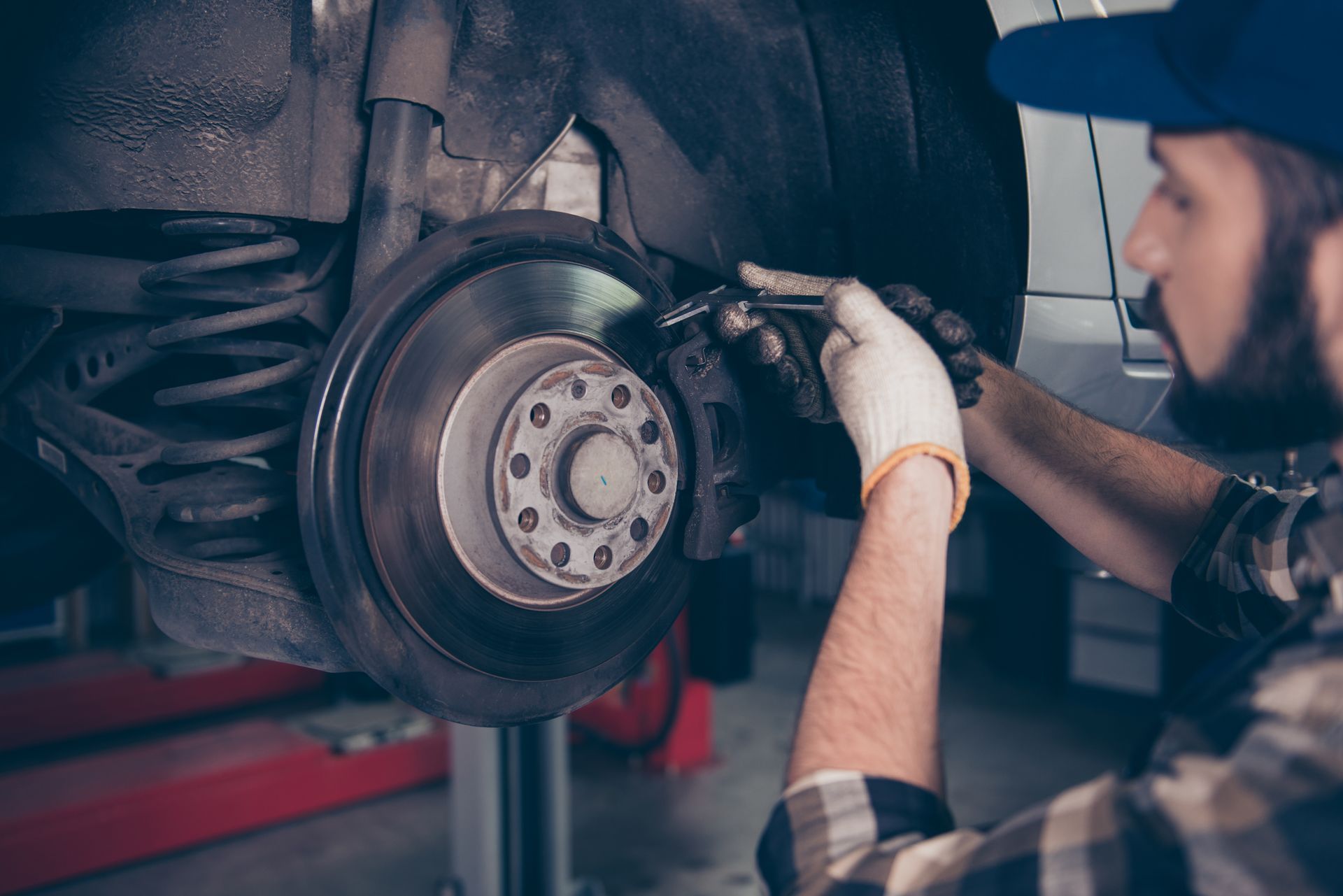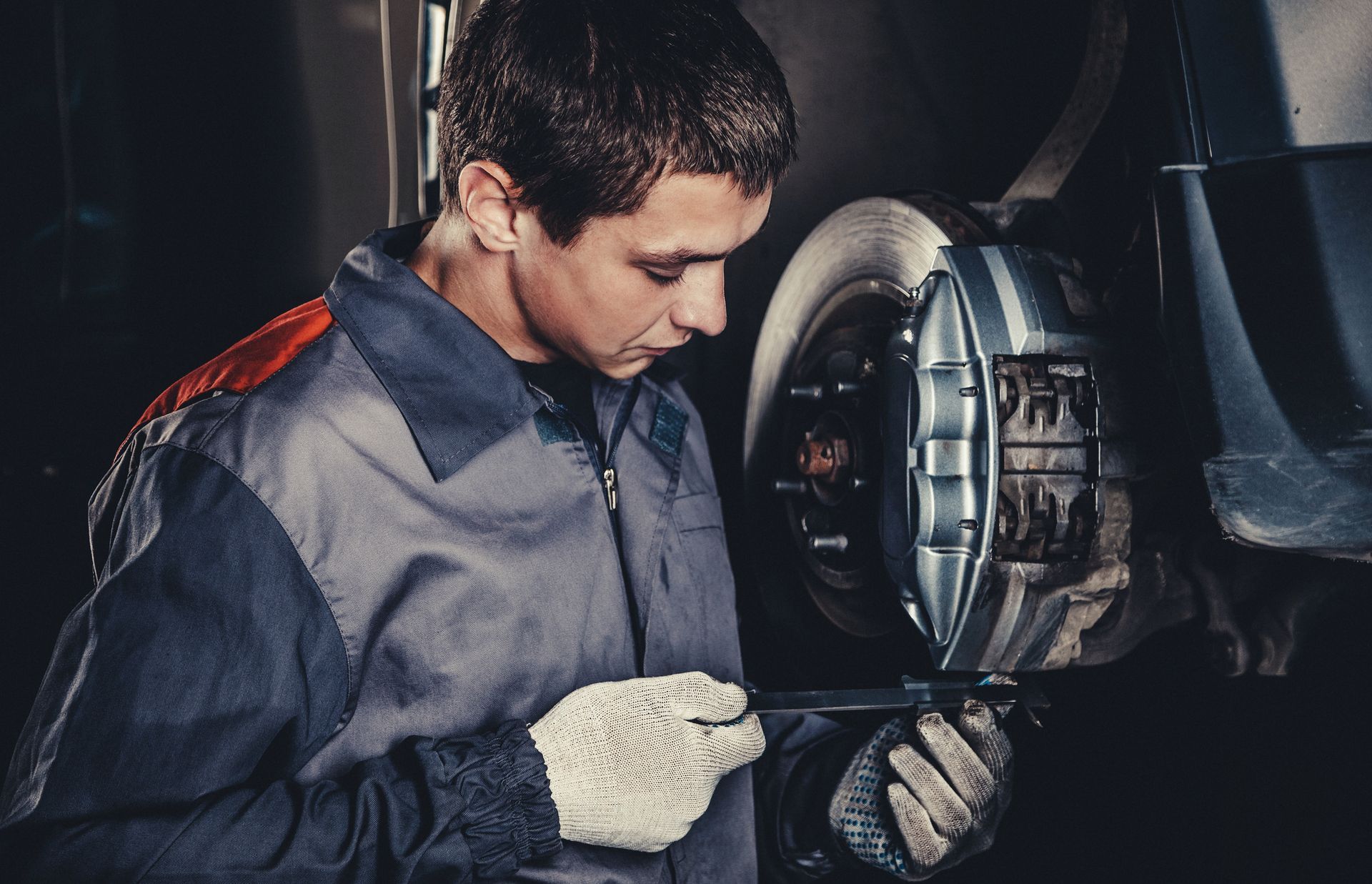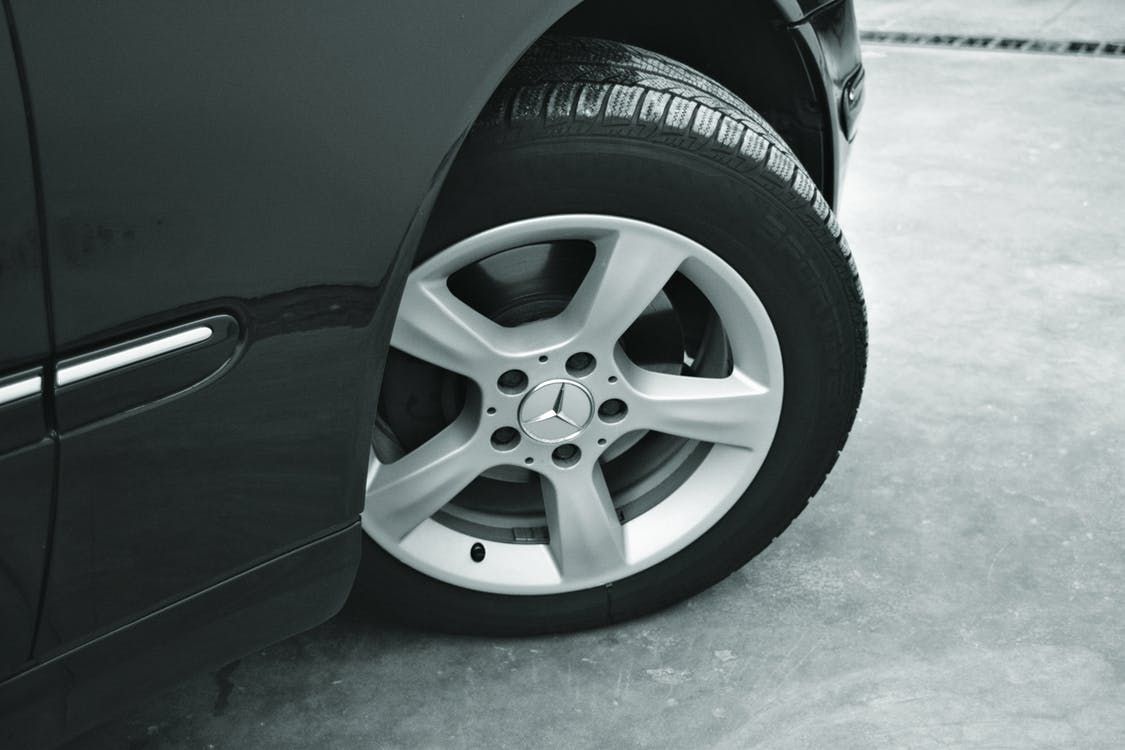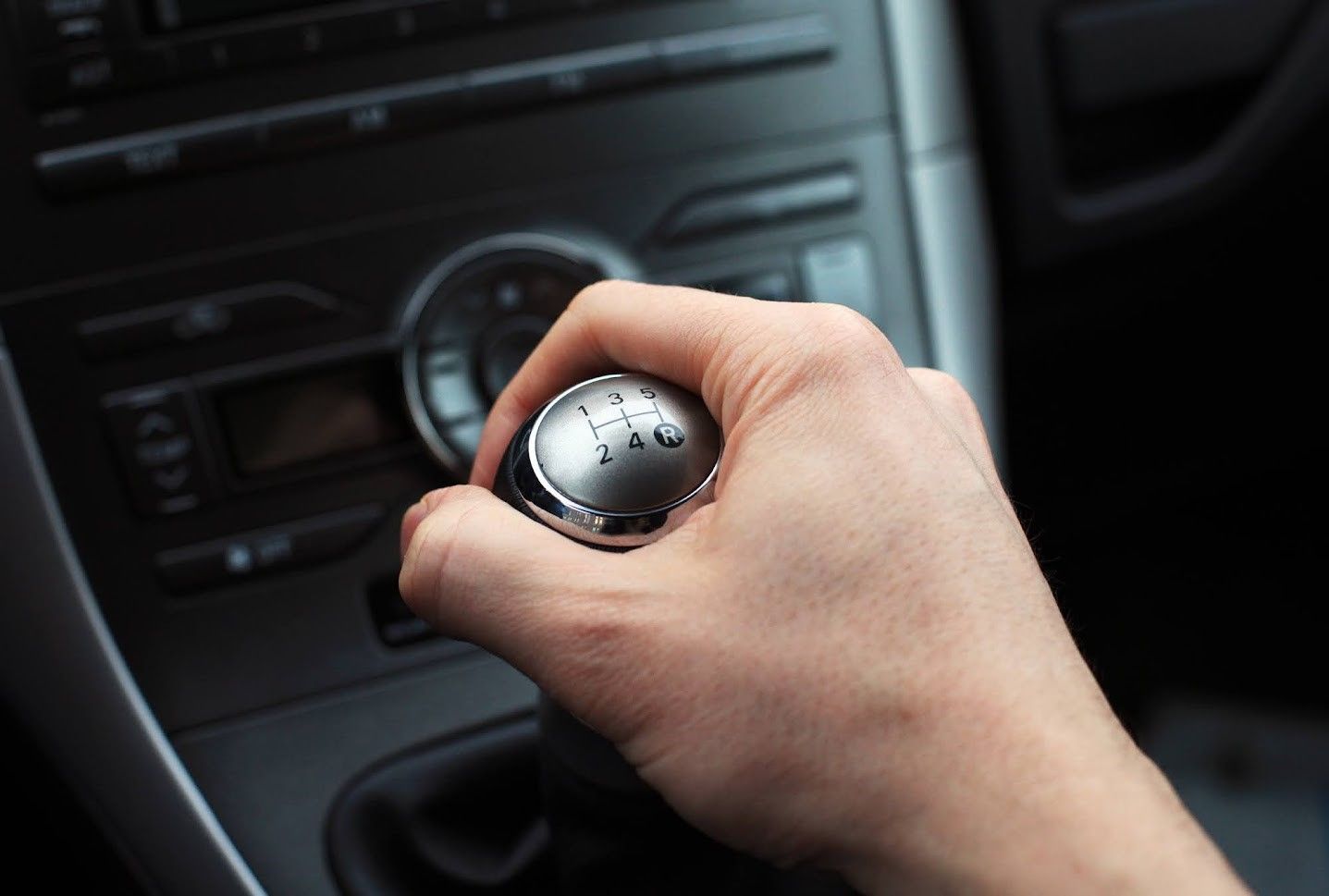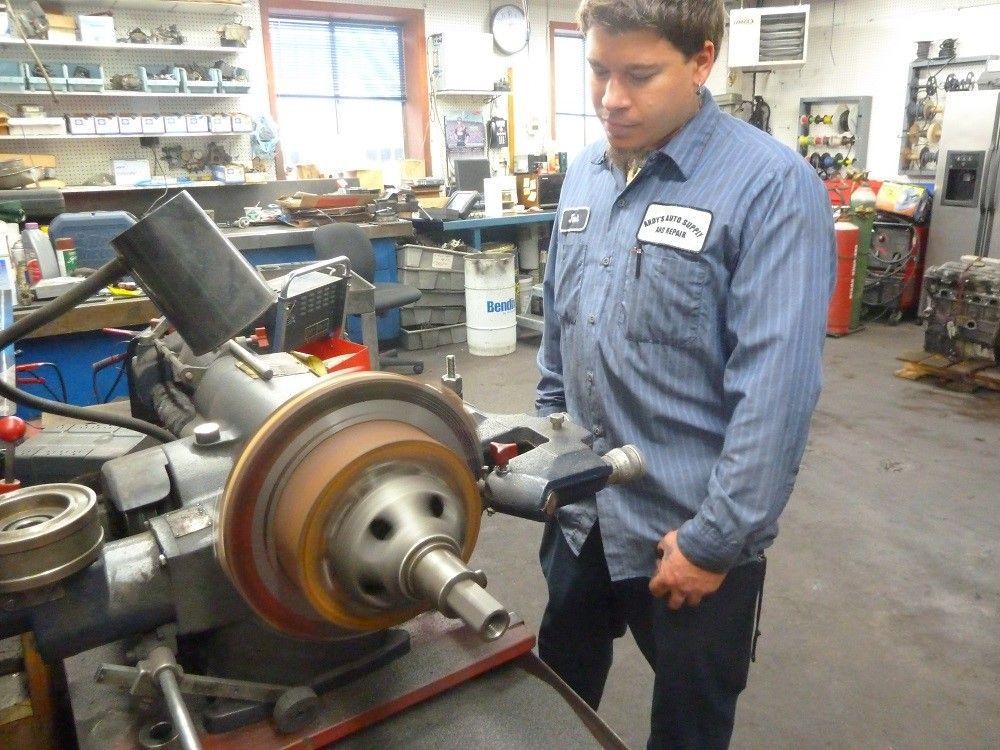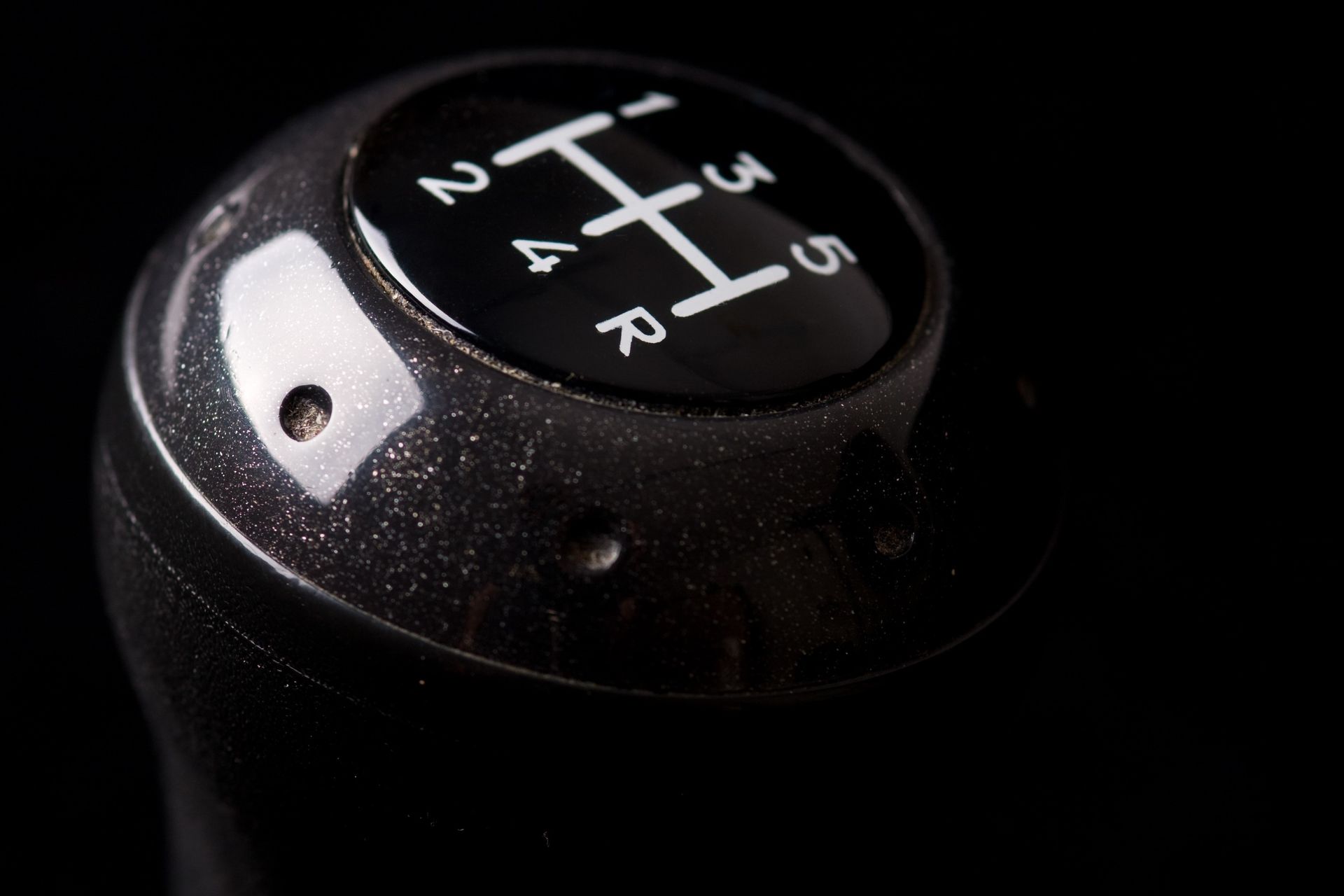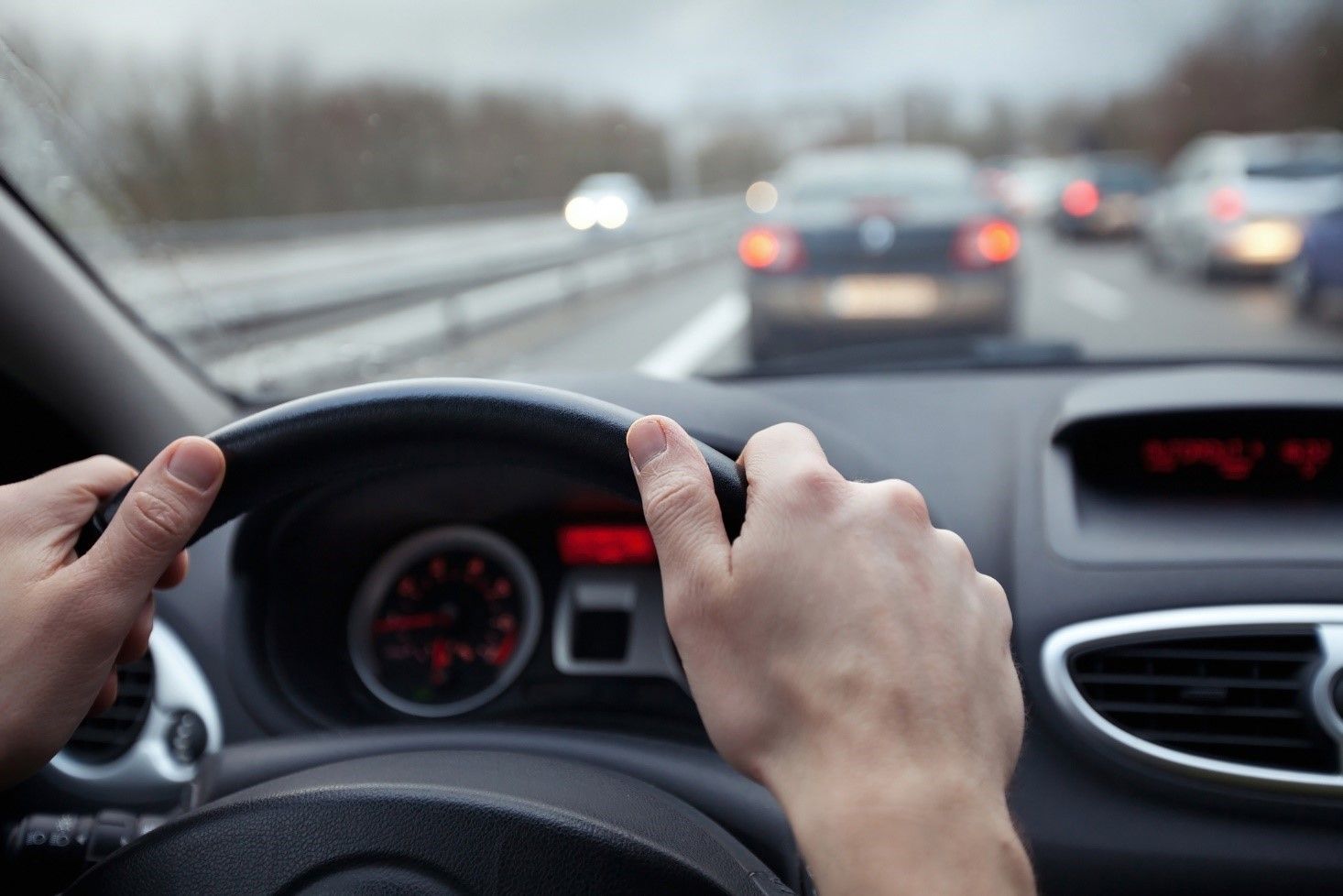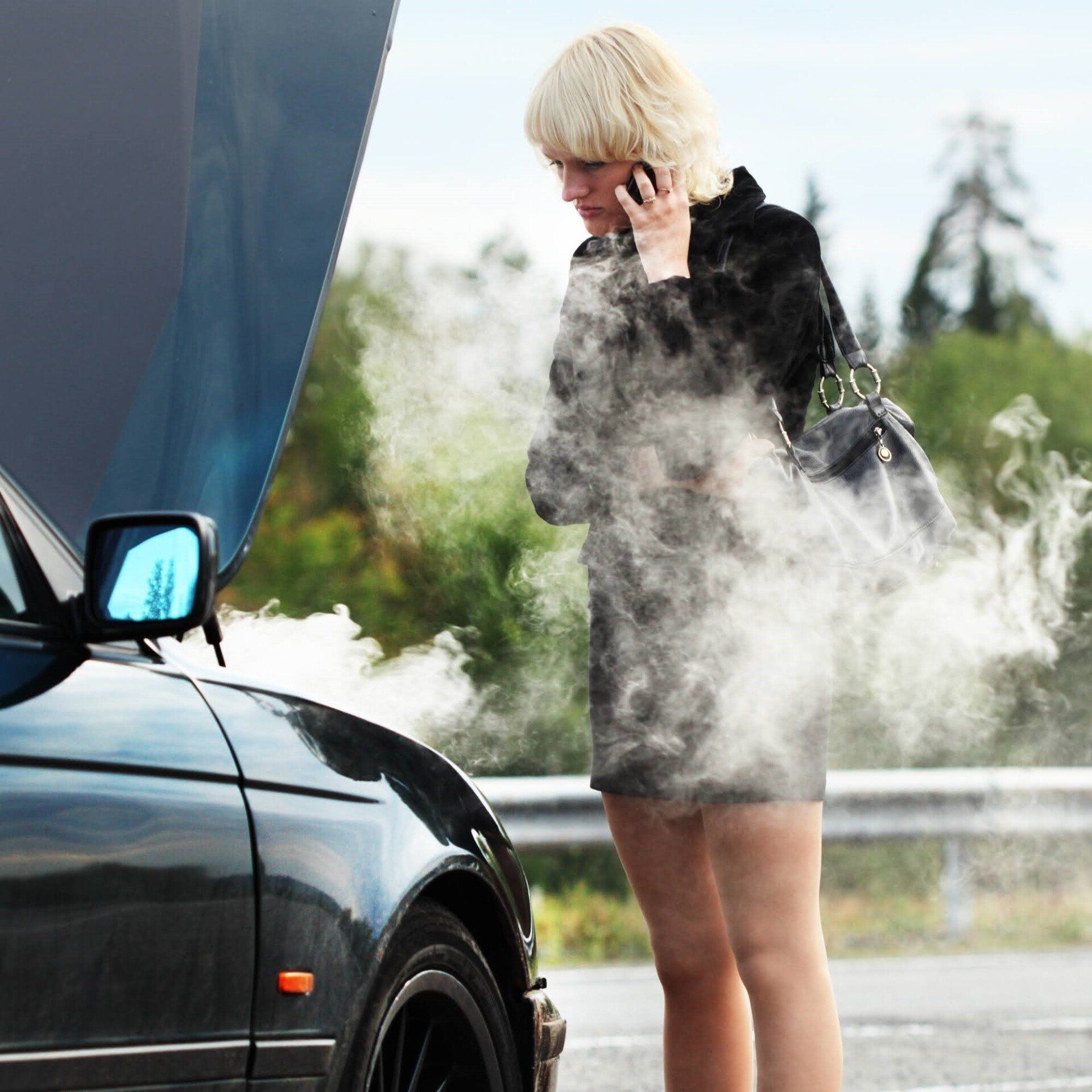3 Signs of a Problem Brake Hose

Your brakes depend on a complex system of parts. If something goes wrong in the system, then your car won't slow down or stop as effectively as it should.
While some problems have an obvious cause, others are trickier to diagnose. For example, brake hose problems can affect various parts of your brakes. This small flexible hose may look insignificant, but it keeps your brakes running smoothly.
How can you tell if you have a faulty brake hose? Keep reading to find out.
1. YOU HAVE A BRAKE FLUID LEAK
Unlike brake lines, which tend to be made of metal, hoses are made from flexible materials. These hoses have to put up with a lot of stress. They have to flex and move whenever you brake.
As hoses age, they can get damaged or start to break. A crack or split in the hose affects its ability to keep brake fluid in the system; the fluid will start to leak out of the hole or gap, and the pressure in your system won't be right.
If this happens, you may notice that your brake fluid runs low a lot quicker than normal. You may see puddles or spots of fluid under your car. If you know how to access your brake hose, you may see damage or signs of fluid on its exterior.
2. YOUR CALLIPERS ARE STICKING
Your car's callipers control speed when you use your brakes. They basically clamp on to the system's rotor to slow the car down.
While callipers can develop their own problems, they are also affected by problems in their connecting parts. For example, if you have a faulty brake hose, then it might stop the calliper from working correctly; it may make it stick in one position.
A working brake hose feeds fluid through to the callipers. This builds enough pressure to move their brake pads against the rotor so that the vehicle slows down. Once you take your foot off the pedal, the fluid should recede back so that the callipers come off the rotor again.
But if a brake hose has internal damage, then this system doesn't work. Often, the fluid will only be able to flow one way.
So, for example, things work okay when you brake; however, they don't reset when you take your foot off the pedal. Your callipers might stick rather than come off smoothly because fluid can't move back down the hose to release its pressure.
If your callipers stick, then you'll notice that something is wrong as you drive. For example, your car might veer to one side. You may hear squealing noises when you brake. Or your brakes might be less responsive than they should be.
3. YOUR BRAKE PEDAL RESPONDS DIFFERENTLY
If you have a brake hose problem, then your pedal might start to work a bit differently. For example, it might come back up a lot more slowly than usual if the hose doesn’t manage its fluid flow correctly.
Sometimes, a hose ends up with some internal damage that affects its ability to hold its shape. This is known as ballooning. Here, the inside of the pipe swells up like a balloon when you brake. When you take your foot off the pedal, the swelling subsides. However, your pedal may go back down before the swelling. Some pressure stays in the hose. This can make your pedal feel soft and mushy.
Brake hose problems also sometimes make a brake pedal hard. For example, if a vacuum hose in your system leaks, then your brakes won't be as responsive as usual. You'll have to push down harder to brake, and your brakes might take longer to respond.
While these problems can be down a faulty hose, they can also be a sign of other faults in your brakes. To find out exactly where the problem lies and to get a quick and effective repair, contact Stopmaster Brakes.

